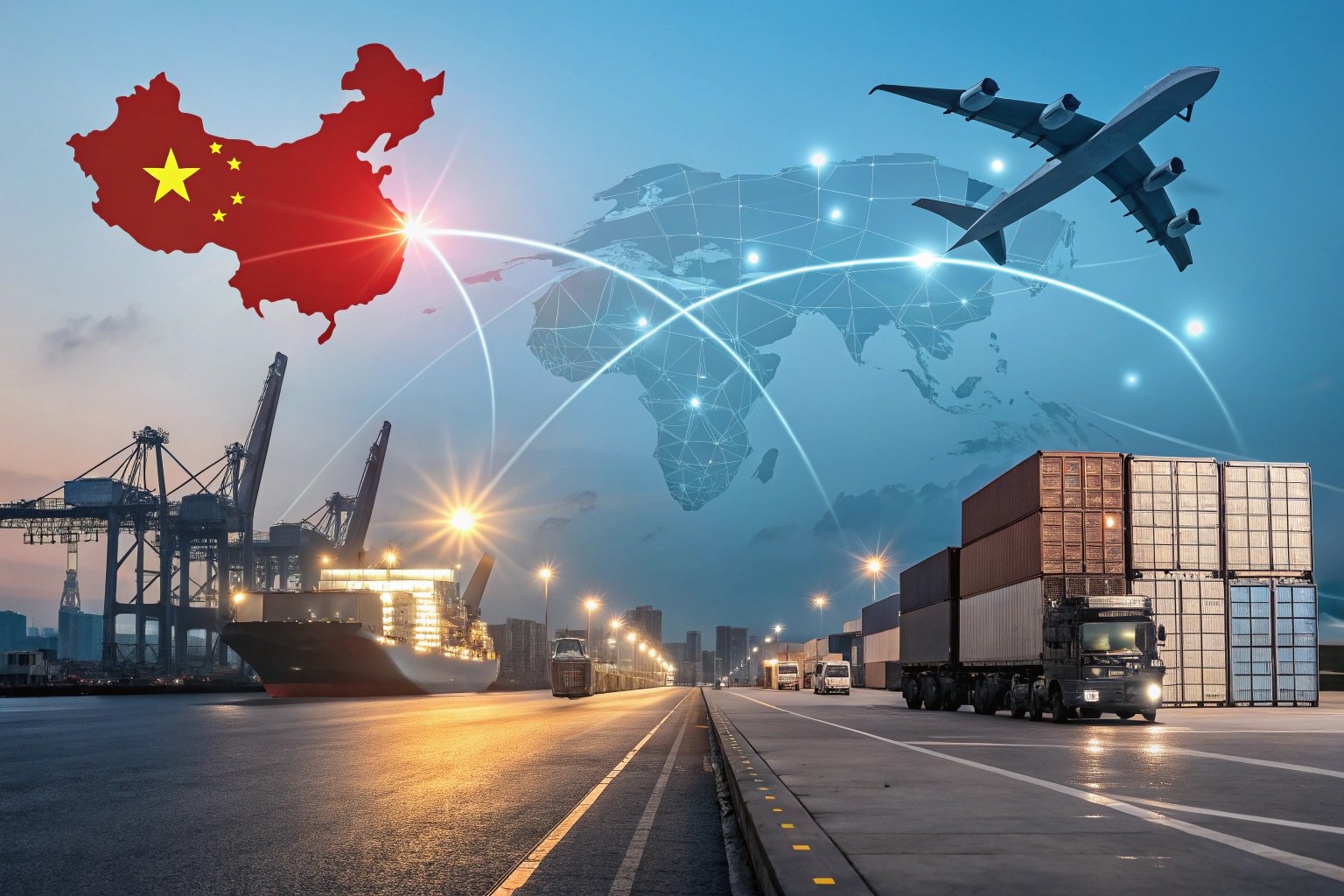
When preparing to shift your supply chain from China to Vietnam, you may encounter a series of new challenges and issues. If you want to discuss with me (or any consultant/expert) how to complete this transition smoothly, you need to focus on supplier evaluation, production quality, logistics and transportation, compliance risks, and cost analysis. Below is a list of key questions you should ask for reference and discussion:
1. Supplier Selection and Evaluation
- How can you identify and evaluate reliable suppliers for custom mechanical parts in Vietnam?
- How should you verify the production qualifications, certifications (such as ISO and other international standards), and industry experience of Vietnamese suppliers?
- What are the critical factors to assess during a factory audit and on-site inspection?
- If Vietnamese factories rely on imported parts (e.g., still sourcing raw materials from China), how would this impact tariffs and supply chain stability?
2. Quality Control and Technical Capabilities
- How do Vietnamese manufacturers compare to Chinese manufacturers in terms of precision, machining capabilities, and quality control systems?
- How can you establish or improve quality control processes in Vietnam (e.g., IQC, IPQC, FQC, etc.)?
- How should you manage prototyping and small-scale trial production to ensure consistent quality in mass production?
3. Logistics, Transportation, and Lead Time
- How does the international logistics structure and cost in Vietnam differ from that in China?
- What are the mainstream logistics methods in Vietnam for sea, air, and land transport (cross-border road or rail freight), and how do they compare in terms of cost and efficiency?
- How will supply chain lead times change, and what inventory or safety stock strategies should be adopted?
- How do Vietnamese ports (such as Ho Chi Minh Port, Hai Phong Port) and customs clearance procedures compare to those in China?
4. Tariffs and Compliance Issues
- What are the tariff rates when exporting from Vietnam to the U.S.? Are there any exemptions or preferential policies?
- Could U.S. trade policies toward Vietnam change in the future, introducing new barriers or risks?
- What certificates of origin (COO) and other compliance documents are required to qualify for tariff exemptions or standard customs clearance?
- If partial assembly or further processing is conducted in Vietnam, how can you ensure the product’s "country of origin" is Vietnam rather than China?
5. Supply Chain Risk Management
- How stable is Vietnam’s political, economic, and labor market compared to China? What potential risks or uncertainties exist?
- Should you establish multiple Vietnamese suppliers to diversify and reduce supply chain disruption risks?
- How dependent is Vietnam’s manufacturing sector on foreign investments? What is the infrastructure and supply chain readiness for key processes like heat treatment, electroplating, and surface finishing?
6. Cost and Financial Analysis
- Beyond tariffs, how will the overall cost structure change when shifting from China to Vietnam? (e.g., labor, land, logistics, potential taxes)
- How do labor, raw materials, and management costs in Vietnam compare to China?
- How do unit costs in Vietnam vary at different production scales, especially for mass production?
- Are there hidden costs (such as communication barriers, cultural differences, or language issues) that need to be considered?
7. Legal and Contract Terms
- What contract terms are particularly important when working with Vietnamese suppliers? (e.g., intellectual property protection, confidentiality agreements, breach penalties, delivery deadlines)
- How do Vietnam’s legal system and business regulations differ from those in China and the U.S.? How can you ensure contract enforceability?
- If major equipment procurement or technology transfers are involved, how can you protect intellectual property rights in Vietnam?
8. Culture and Communication
- How do Vietnam’s business culture and negotiation styles differ from those in China or the U.S.?
- How can you effectively train, communicate with, and manage partnerships with Vietnamese suppliers?
- What are the key considerations when setting up a local team or office in Vietnam?
9. Long-Term Strategic Planning
- If deeper supply chain relocation is needed, such as building a factory or forming a joint venture with a local Vietnamese company, what long-term strategies should be considered?
- If you plan to localize sales in Vietnam or expand into the broader Southeast Asian market, what additional resources or channels are required?
- Given the evolving global trade landscape, should you also consider diversifying supply chains to other Southeast Asian countries such as Thailand, Malaysia, or Indonesia?
Conclusion
If you are considering shifting your supply chain to Vietnam due to increased U.S. tariffs on Chinese imports, these questions will help you comprehensively assess the feasibility, quality stability, and risks of Vietnam’s supply chain. You can refine your approach based on your company’s product characteristics, order volume, customer needs, and quality-cost priorities. These questions will not only facilitate discussions with consultants and experts but also help you better communicate internally for decision-making and cross-departmental collaboration.

